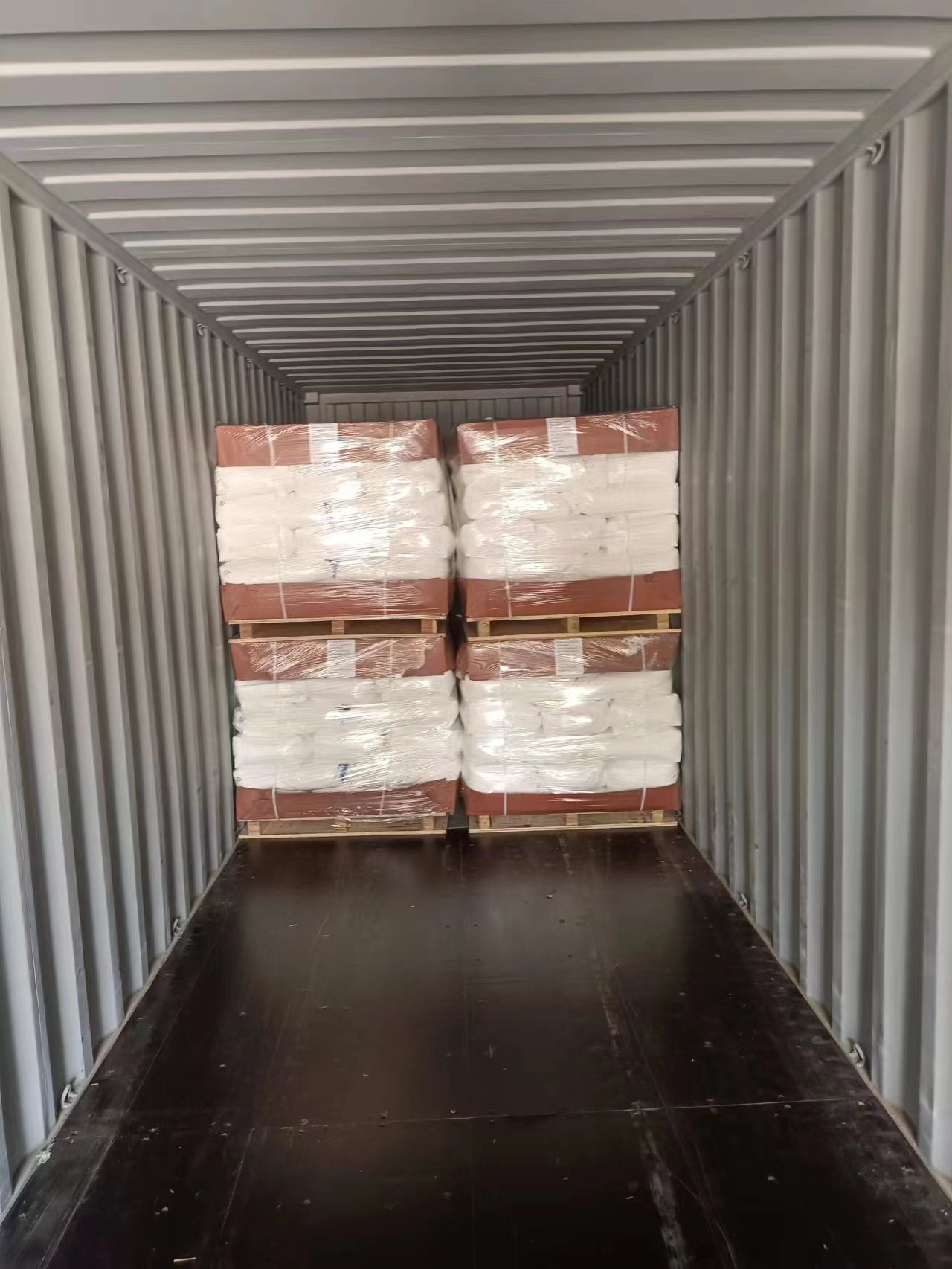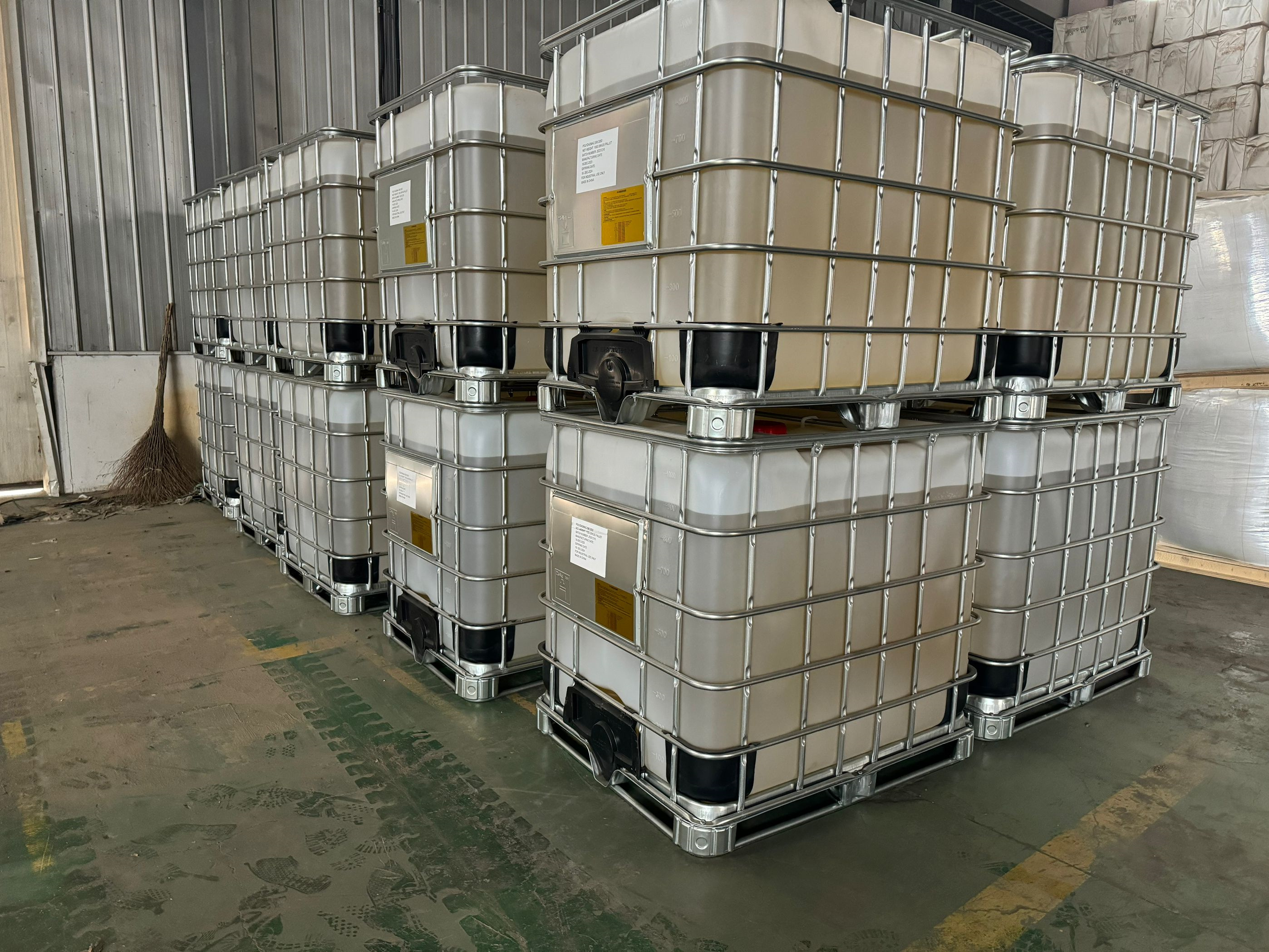amphoteric polyacrylamide suppliers|amphoteric polyacrylamide manufacturer---ASIAFLOC
Material
- am acrylic acid
Color
- white granular
Application
- water treatment ,mineral processing
Certificate
- ISO9001 ,ISO14001
Place of Origin
- China
Other Names
- PAM ,flocculant
CAS No
- 9003-05-8
Brand Name
- asiafloc
Usage
- water treatment ,mineral processing
amphoteric polyacrylamide suppliers|amphoteric polyacrylamide manufacturer---ASIAFLOC
Amphoteric polyacrylamide (AmPAM) is a type of polyacrylamide polymer that possesses both anionic and cationic functional groups within its molecular structure. This dual nature allows amphoteric polyacrylamide to have unique properties that make it useful in a variety of industrial and environmental applications.
Introduction to Amphoteric Polyacrylamide
Amphoteric polyacrylamide (AmPAM) is synthesized by copolymerizing acrylamide with both cationic and anionic monomers. The ratio of these monomers can be adjusted to tailor the properties of the polymer to meet specific needs. Due to its amphoteric nature, amphoteric polyacrylamide can exhibit behavior that is influenced by the pH of the solution it is in, allowing it to function effectively in both acidic and alkaline environments. This versatility makes amphoteric polyacrylamide particularly valuable in situations where the conditions can vary widely, such as in wastewater treatment, papermaking, and oil recovery.
Applications of Amphoteric Polyacrylamide
Wastewater Treatment
One of the primary applications of amphoteric polyacrylamide is in wastewater treatment. Wastewater often contains a mixture of negatively and positively charged particles, making it difficult to treat using traditional single-charge polymers. Amphoteric polyacrylamide, with its dual charge, can interact with a wide range of contaminants, including heavy metals, organic materials, and suspended solids. It acts as a flocculant, aggregating these particles into larger clumps that can then be easily removed from the water.
The ability of amphoteric polyacrylamide to perform under varying pH conditions is particularly advantageous in wastewater treatment plants, where the pH of the incoming water can fluctuate. Additionally, amphoteric polyacrylamide can be used to treat industrial effluents, such as those from the textile, paper, and chemical industries, which often contain a mix of different contaminants.
Oil Recovery
In the oil industry, amphoteric polyacrylamide is used in enhanced oil recovery (EOR) techniques, specifically in chemical flooding. During oil extraction, it is common for a significant portion of the oil to remain trapped in the reservoir after primary and secondary recovery methods have been applied. Amphoteric polyacrylamide can be injected into the reservoir to reduce the interfacial tension between the oil and water, making it easier to displace the trapped oil.
The amphoteric nature of this polymer allows it to function effectively in the presence of both positively and negatively charged ions, which are often found in the reservoir. Moreover, amphoteric polyacrylamide can improve the viscosity of the flooding fluid, thereby increasing its efficiency in displacing the oil.
Papermaking Industry
In the papermaking industry, amphoteric polyacrylamide is used as a retention aid, drainage aid, and dry strength agent. During the papermaking process, various additives are used to improve the quality of the paper. Amphoteric polyacrylamide helps in retaining these additives on the fiber, thereby enhancing the efficiency of the process.
The amphoteric nature of the polymer allows it to interact with both the negatively charged cellulose fibers and the cationic additives used in papermaking. This results in better retention of fillers, dyes, and other additives, leading to improved paper quality. Additionally, amphoteric polyacrylamide can improve the dewatering process, leading to faster paper production and reduced energy consumption.
Soil Conditioning and Erosion Control
Amphoteric polyacrylamide is also used in agriculture for soil conditioning and erosion control. When applied to soil, it acts as a soil stabilizer, binding soil particles together and reducing erosion caused by wind and water. This is particularly important in areas prone to erosion, such as construction sites, agricultural fields, and areas affected by deforestation.
The amphoteric nature of the polymer allows it to function effectively in a wide range of soil types, including those with varying pH levels. It also helps in improving soil structure, increasing water infiltration, and reducing surface runoff. As a result, amphoteric polyacrylamide can contribute to better crop yields and reduced environmental impact.
Textile Industry
In the textile industry, amphoteric polyacrylamide is used as a sizing agent, dyeing aid, and finishing agent. During the dyeing process, it helps in improving the adhesion of dyes to fabrics, resulting in more vibrant colors and improved colorfastness. The amphoteric nature of the polymer allows it to interact with both anionic and cationic dyes, making it suitable for a wide range of textile applications.
Additionally, amphoteric polyacrylamide can be used as a finishing agent to impart specific properties to fabrics, such as softness, smoothness, and water repellency. Its use in the textile industry not only enhances the quality of the finished product but also contributes to more efficient and sustainable production processes.
Mining Industry
In the mining industry, amphoteric polyacrylamide is used as a flocculant in the treatment of mining wastewater and the dewatering of mineral slurries. Mining operations often generate large volumes of wastewater containing suspended solids, heavy metals, and other contaminants. Amphoteric polyacrylamide can be used to aggregate these particles, making them easier to separate from the water.
The amphoteric nature of the polymer allows it to function effectively in the presence of various ions commonly found in mining wastewater. This makes it a versatile and efficient solution for the treatment of effluents from mining operations, helping to reduce environmental impact and improve water quality.
Cosmetics and Personal Care Products
Amphoteric polyacrylamide is also used in the formulation of cosmetics and personal care products. It acts as a thickening agent, film-former, and stabilizer in products such as shampoos, conditioners, lotions, and creams. The amphoteric nature of the polymer allows it to interact with a wide range of ingredients, improving the texture and stability of the final product.
Additionally, amphoteric polyacrylamide can enhance the performance of active ingredients in personal care products, such as conditioning agents and moisturizers. Its use in cosmetics contributes to the creation of products that are more effective, pleasant to use, and stable over time.
Construction Industry
In the construction industry, amphoteric polyacrylamide is used as a cement additive and as a component in drilling fluids. When added to cement, it improves the workability, strength, and durability of the concrete. The amphoteric nature of the polymer allows it to function effectively in the presence of various ions found in cement mixtures.
In drilling fluids, amphoteric polyacrylamide acts as a viscosifier and fluid loss control agent. It helps in stabilizing the drilling fluid, reducing the loss of fluid to the surrounding formation, and improving the efficiency of the drilling process. This makes it a valuable additive in the construction and drilling industries, where it contributes to better performance and cost savings.
Food Industry
Amphoteric polyacrylamide is also used in the food industry as a processing aid. It can be used in the clarification of fruit juices, wine, and other beverages by acting as a flocculant to remove suspended particles. The amphoteric nature of the polymer allows it to function effectively in the presence of various ions and pH levels commonly found in food and beverage processing.
Additionally, amphoteric polyacrylamide can be used as a thickening agent in food products, improving their texture and stability. Its use in the food industry helps in producing high-quality products that meet consumer expectations for taste, appearance, and consistency.
Conclusion
Amphoteric polyacrylamide is a versatile polymer with a wide range of applications across various industries. Its unique amphoteric nature allows it to function effectively in diverse environments, making it a valuable tool in wastewater treatment, oil recovery, papermaking, soil conditioning, the textile industry, mining, cosmetics, construction, and the food industry. The ability of amphoteric polyacrylamide to interact with both anionic and cationic substances gives it an edge in processes where conditions can vary, leading to improved efficiency, quality, and sustainability in numerous applications.






